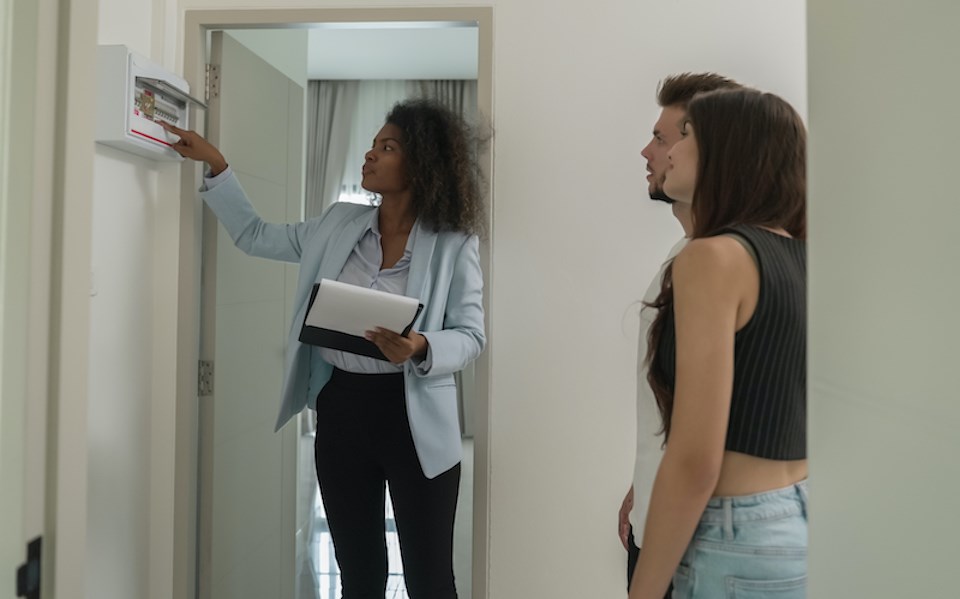Did you take pictures of your apartment during the rental inspection before you moved in?
If you didn't, you might not get your damage deposit back from your landlord when you move out.
Metro Vancouver frequently has the highest rent prices in the country, with the average cost of a newly listed unfurnished, one-bedroom unit typically averaging over $2,300 as of April 2024.
The high cost of rent might encourage tenants to breeze through a condition inspection when they move into a new space. However, they could lose a damage deposit or even owe money if they don't follow B.C.'s rules.
What is a Condition Inspection Report?
A Condition Inspection Report is a legal document a landlord uses to document the rental unit's condition at the start of a tenancy.
The B.C. government has an online copy of these forms that landlords may print off to use for the inspections. Tenants may also wish to print out a copy or refer to them to ensure their landlord accurately depicts the unit's condition before and after they reside in it.
The form contains categories for rooms in rental units such as dining rooms, stairwells and halls, master bedrooms, and others. These areas are broken into sub-categories including toilet, floor/carpet, door, walls and trim, ceiling, and many more.
Each sub-category is given a rating with a condition code, stating if it is damaged, good, poor, missing, dirty, scratched, poor, stained, or fair.
The categories have space for comments and ratings before the tenancy commences and a replica area for when the renter vacates.
How is the condition inspection of the unit arranged?
According to section 17 of the Residential Tenancy Regulation, landlords must provide two opportunities between 8 a.m. and 9 p.m. to complete the condition inspection.
If tenants do not accept the first suggestion, landlords must issue a Notice of Final Opportunity to Schedule a Condition Inspection. This notice must be delivered on the legal form from the Residential Tenancy Branch (RTB).
The Tenant Resource and Advisory Centre (TRAC) says tenants can get someone else to attend the inspection if they can't make it. However, they may also wish to bring someone along for the inspection for a second opinion.
The first inspection should preferably occur the day a tenant moves in before their belongings are inside; the move-out inspection ideally occurs the day of the move-out once their belongings are removed.
TRAC notes that tenants must complete a separate move-in condition inspection report if they get a pet after the start of their tenancy.
What if the landlord does not provide me with a copy of the inspection report or does not conduct one?
If a landlord doesn't provide a tenant with a copy of the inspection report within seven days of them moving in, they may claim to keep the security or pet deposits when they move out. The landlord must also provide a copy of the move-out inspection report within 15 days.
If tenants do not participate in the inspection on either or two provided dates, they may also lose the right to have their deposits returned when they move out.
What should I do in my inspection?
Aside from attending the rental inspection, tenants should take photos and videos of the condition of the unit when they move in.
If tenants disagree with anything their landlord writes on the report, they may use this evidence in a hearing with the Residential Tenancy Branch (RTB).
TRAC says forms should include space for tenants to list concerns about the inspection. Once the inspection is completed, they should sign and date the report.
Does the move-out inspection form need additional details?
TRAC advises that the move-in condition inspection report must include an itemized list of damages to the rental unit the tenant caused.
If the tenant and landlord agree, it should also include
- the amount to be deducted from the tenant’s security deposit or pet damage deposit;
- the tenant’s signature indicating agreement with the deduction,
- and the date on which the tenant signed.




